I am very excited that the long-waited Environmental Working Group’s (EWG) Food Scores are finally here!
In the past I used Fooducate when I wanted to learn how safe the food I buy was, but the more I use this new guide, the more I find that it has more information available and it is also quite fun to use.
I mentioned EWG’s website in my post about sunscreens and how to choose the best one. I also mentioned that EWG has many guides for us: cosmetics, healthy cleaning, clean water, and many others. Go and check them out as they are very useful and rich in practical information. And now, as of October 2014, EWG offers a new guide, called Food Scores, that helps us make better food choices. This food guide gives each food a score from 1 to 10 and a color (green, orange, or red).
When we go to the Food Scores web page, there is a search bar where we can search for any food we want to know the food score of. There are more than 80,0000 foods, 500 ingredients, and 1,500 brands to search. Across the 80,000+ products:
- only 18 percent score green (1-3.5)
- 57 percent score yellow to orange (4-7)
- 25 percent score red (8-10)
Each food score is based on:
- nutrition
- ingredients (including presence of pesticides, additives, antibiotics, etc.)
- level of processing
The lower the food score is, the more nutritious, the fewer chemicals, and the least processed the food is. Ideally we would choose foods that have a food score closer to the 1 than to 10.
There is usually a photo associated with each product. Also, each food product has an ingredient list and a nutritional label that breaks down the number of calories, the amount of fats, sugars, and proteins, and the minerals and vitamins that the product contains. A neat feature is that one can customize the nutritional label to list the caloric and nutritional requirement in a customized way according to gender, age, and life stage (including pregnant or lactating if applicable).
I searched for the general term “bananas” and over 650 results over 14 pages were returned. The results were: fresh bananas, baby food with bananas, snacks with bananas (including puddings, ice cream, breads, pies, yogurt, smoothies, juices, etc). The results can be further filtered according to the food category (yogurt, juice, etc), the food score (from 1 to 10), and different certifications (such as organic, possible GMO, and gluten-free).
Next, I searched for a specific product that many kids in North America eat: Cheerios. 47 Cheerios product search results were returned, with food scores ranging from 4 to 9. The Cheerios products with a food score of 9 contained several food additives and dyes, and had more sugar than the average cereal. It was also mentioned that a few of their ingredients may be GMO.
My next search was for a product that we eat frequently at our house: Corn thin crackers. Their food score is 1.7. The EWG site reports that the corn crackers are not certified organic. However, they are organic, as it says on the package in my house and as shown in the photo of the product on the EWG website. It may be an error on EWG’s part, so I contacted EWG to clarify the issue. I will let you know once I hear back.
The database does not contain foods that are not normally consumed on their own, such as flour, sweeteners, baking soda, vanilla extract, oils, and butter. It also does not rate baby formulas as Food and Drug Administration regulates the nutritional content of baby formulas.
Some products can have a low nutritional score (which is good), but can score high in terms of ingredients and processing (which is not good) resulting in an overall moderate score. This is why it is important to read the detailed explanations for each food product to get a good understanding of everything that it contains and how it is made. Then we can make a more informed decision on buying it or not, rather then buying it solely based on an overall score.
The EWG site includes Amazon links for food products in case one can’t find the product in their local stores and wants to buy it online. However, EWG does not endorse any particular food product (regardless of food score).
If the product you are looking for is not on the EWG database, you can contact the manufacturer and ask them to help add it. EWG does not add products directly, but through its partner LabelINSIGHT.
The EWG site has a great FAQ page that answers many questions (such as how exactly EWG scores the food products). And of course, if the answer is not on the FAQ page, we can always contact them to get the answer we are looking for.
The EWG offers a free Food Score app for iPhones (called EWG’s Food Scores), with an android app coming soon in December this year.
I encourage you to give this database a try. It is fun and easy to use. I am not telling you to strive for perfection and buy only food products with a score of 1. I am encouraging you to start making small changes. Maybe today is the day when, instead of your usual food product with a food score of 7, you buy a similar one with a food score of 3.
Did you use EWG’s Food Scores already? What did you think about it?
Photo sources: www.ewg.org

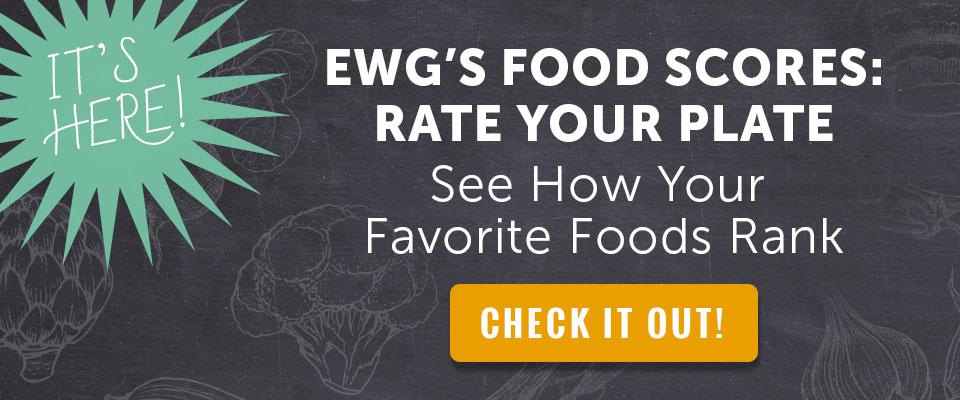





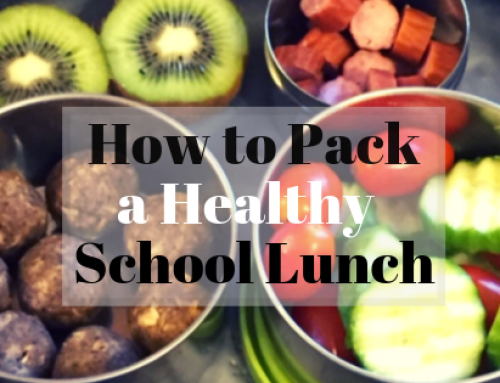
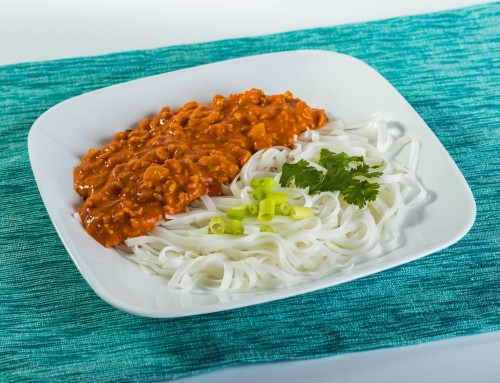
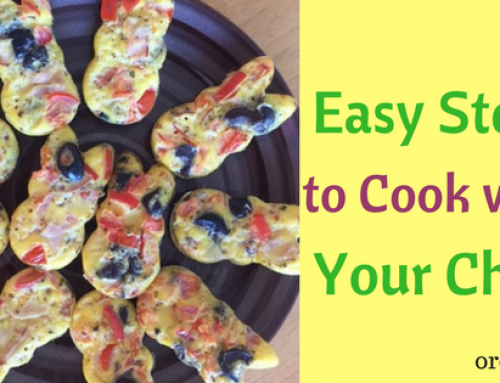
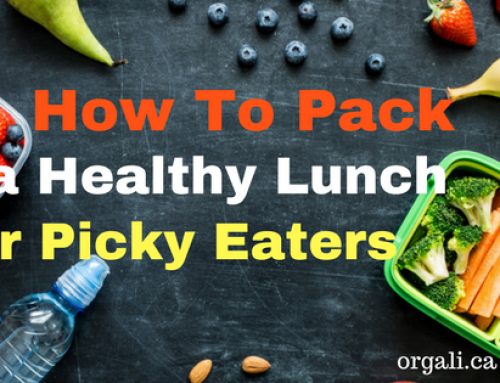
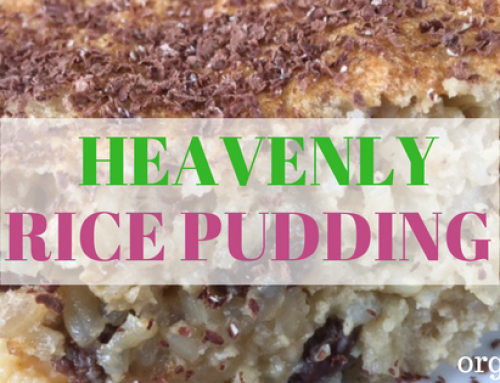
Leave A Comment